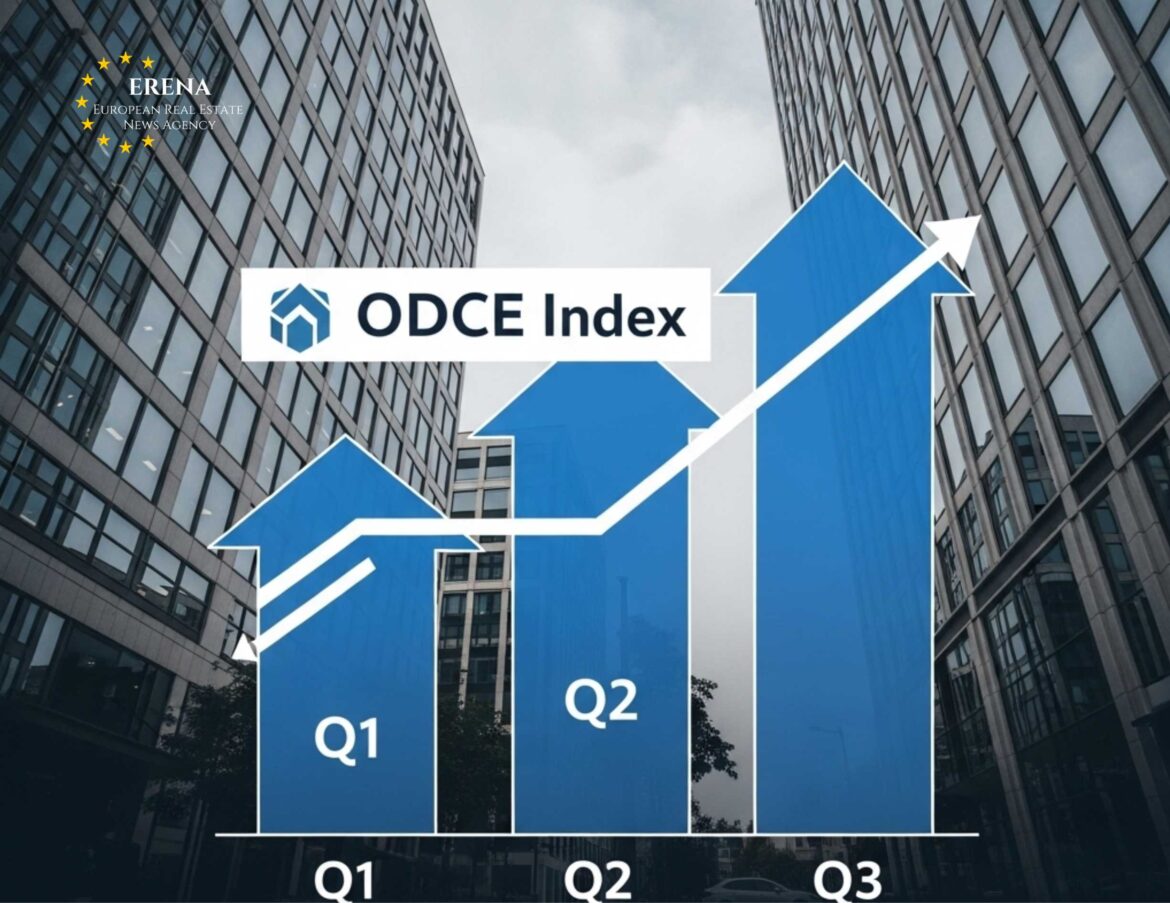The Open-End Diversified Core Equity (ODCE) Index, which tracks the performance of U.S. open-end real estate funds with a diversified core portfolio, has recorded positive results for the third consecutive quarter. This sustained growth signals a gradual recovery of the real estate sector, amid stabilizing macroeconomic conditions and market adaptation to new interest rate realities.
What Is the ODCE Index?
The ODCE Index, developed by the National Council of Real Estate Investment Fiduciaries (NCREIF), comprises data from funds that invest in high-quality, income-producing real estate assets across office, residential, retail, and industrial sectors. These funds typically feature low leverage and conservative management strategies.
Key Figures from the Last Quarter
In Q1 2025, the ODCE Index posted a total return of 1.2%, extending the positive momentum observed since mid-2024. The annual return remains modest at around 2.8%, yet this is a significant improvement from the downturn in 2023 caused by rising interest rates and declining asset values.
Top-performing segments included:
- Industrial/logistics real estate (+2.1%),
- Class A multifamily rentals (+1.6%),
- Long-lease retail centers (+1.4%).
The office segment continues to face headwinds, though some regions — including Seattle, Miami, and Austin — have shown marginal growth.
Drivers of Recovery
Several key factors have supported the sector’s rebound:
- Stabilization of interest rates. The U.S. Federal Reserve has maintained its benchmark rate steady since late 2024, improving refinancing conditions and encouraging investment.
- Strong residential rental demand. High rental yields and tight supply have boosted the income potential of multifamily real estate funds.
- Improved consumer confidence. Economic recovery in major metro areas has strengthened the performance of retail and logistics assets.
Implications for Investors
For institutional and pension fund investors, the ODCE Index remains a vital benchmark. Its steady recovery suggests the real estate market is adapting to current conditions and is once again able to deliver moderate returns with relatively low risk.
ODCE funds are increasingly attractive due to their transparency and focus on core assets, making them a preferred choice for long-term capital preservation and income generation.
Outlook for the Second Half of 2025
Analysts expect the positive trend to continue, driven by:
- Potential interest rate cuts in H2 2025,
- Increased foreign investment in U.S. real estate,
- Stable income from residential rental assets.
However, risks remain:
- Persistent weakness in the office sector,
- Slowing retail consumption in select markets,
- Geopolitical uncertainty and financial market volatility.
Conclusion
The ODCE Index continues to serve as a reliable indicator of the U.S. real estate sector’s health. Its third consecutive quarterly gain suggests the market is emerging from correction and entering a phase of moderate yet sustainable recovery. For investors, this marks a return to stable income opportunities and strategic capital allocation across core property investments.
Continued growth in the ODCE Index throughout 2025 will hinge on Federal Reserve policy, labor market trends, and consumer demand resilience. Still, current momentum offers encouraging signs of the sector’s underlying strength.

